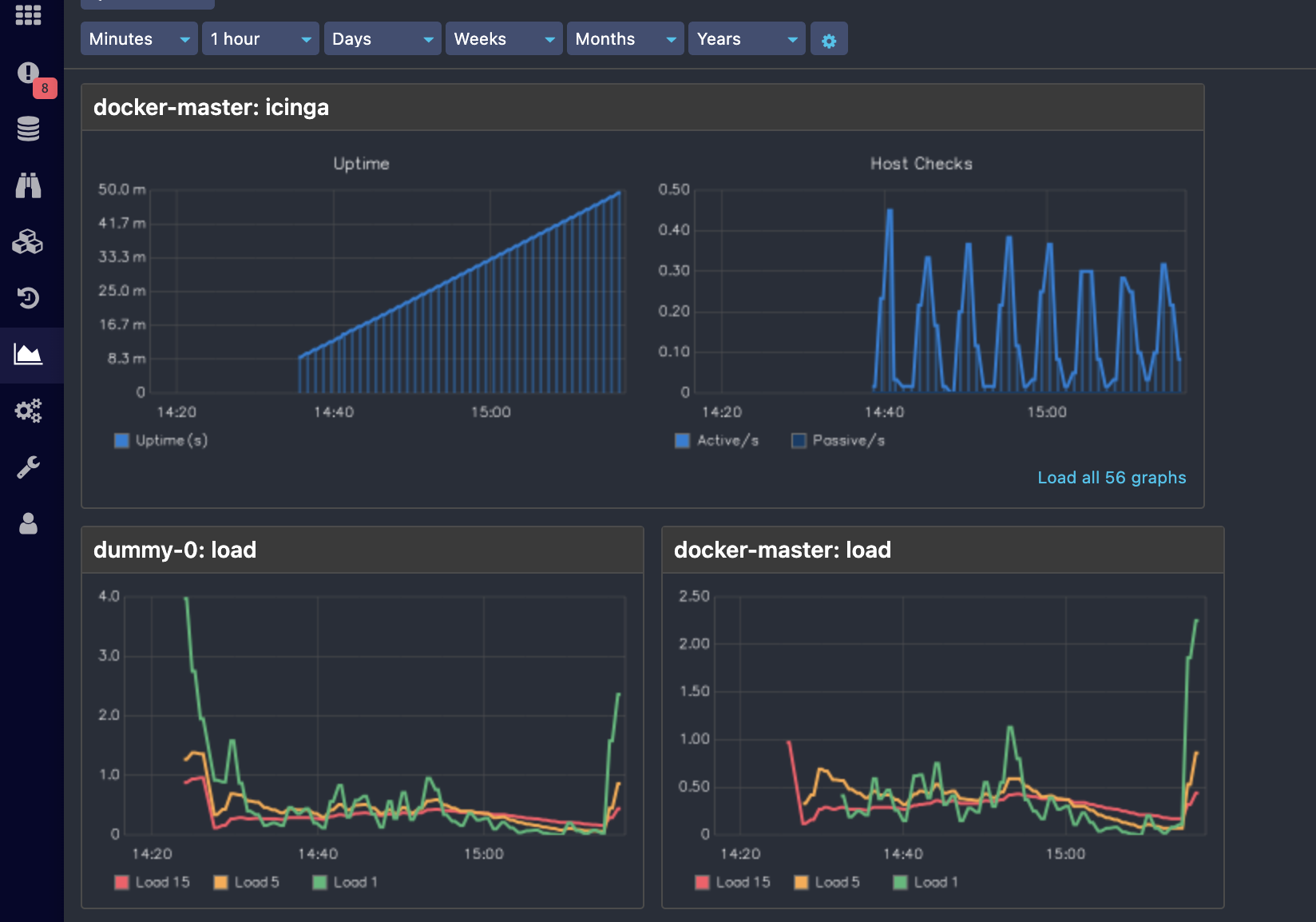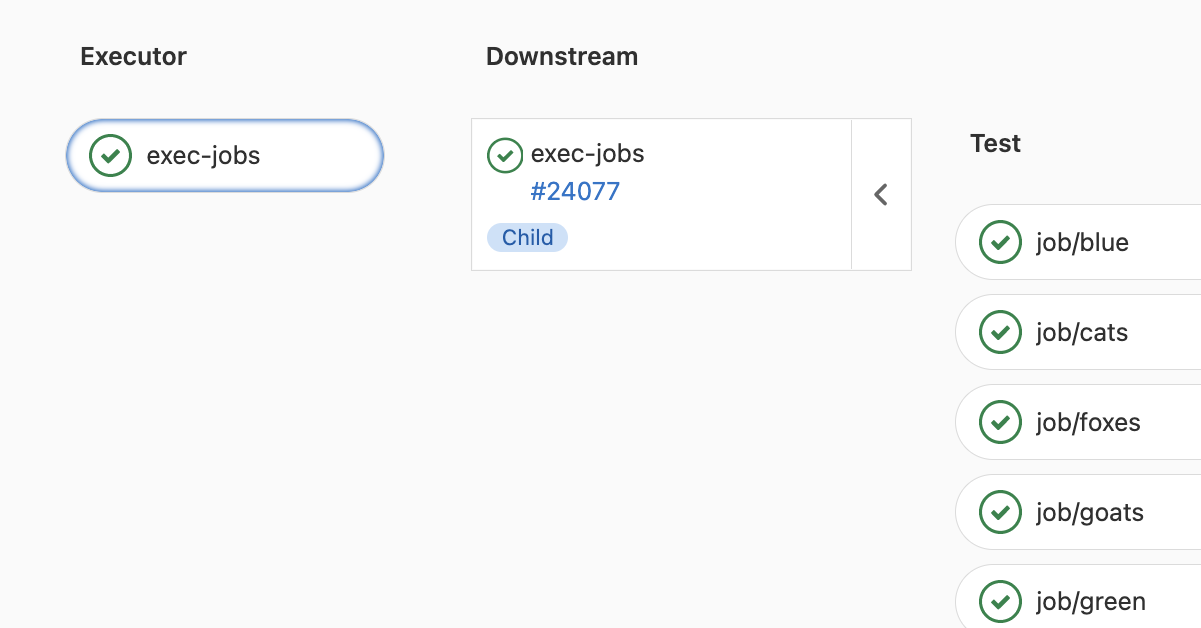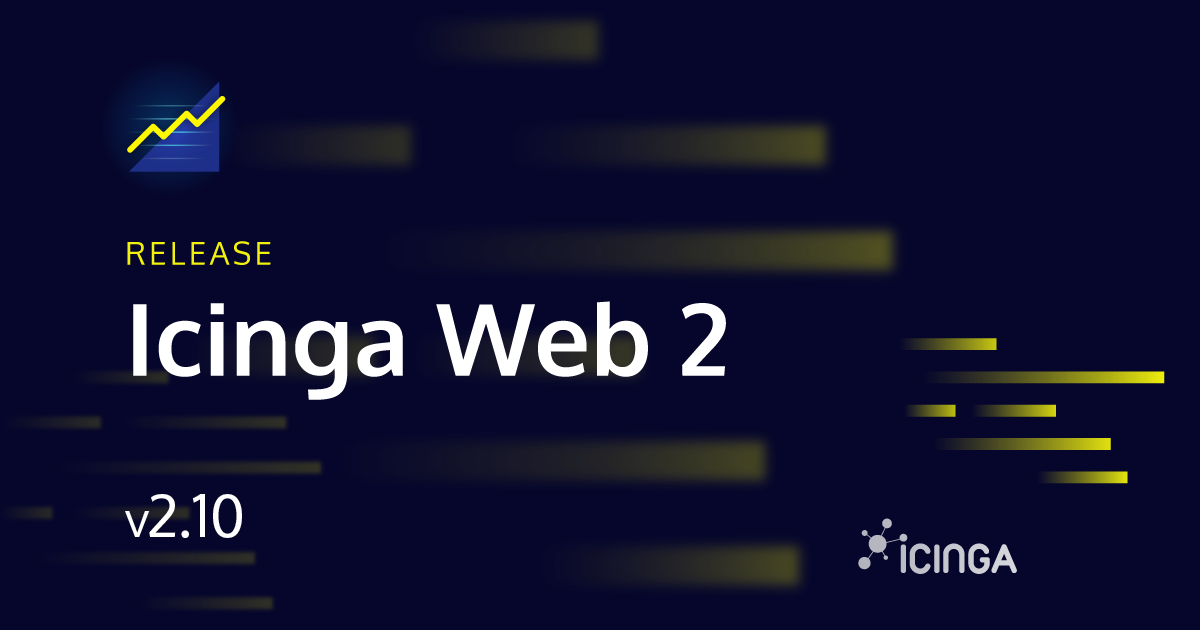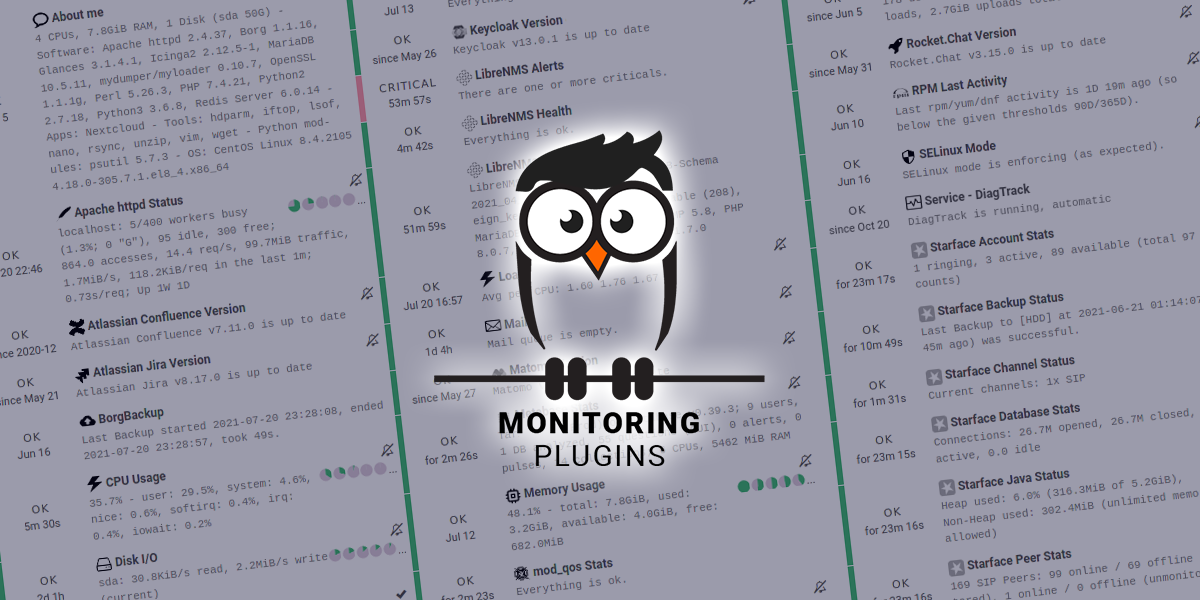Introduction Today’s IT environments are rarely confined to a single data center or a single cloud provider. Enterprises are embracing a mix of cloud platforms, virtual machines, and on-premises...

Hybrid IT Infrastructure Management
Introduction Today’s IT environments are rarely confined to a single data center or a single cloud provider. Enterprises are embracing a mix of cloud platforms, virtual machines, and on-premises...

How to Add Performance Data Graphs into Your Icinga Instance
This is a guest blogpost by Markus Opolka from the Icinga Enterprise Partner NETWAYS. After forking the Grafana Module for Icinga Web last year, we started thinking about alternative ways to display Icinga performance data graphically in the web interface....
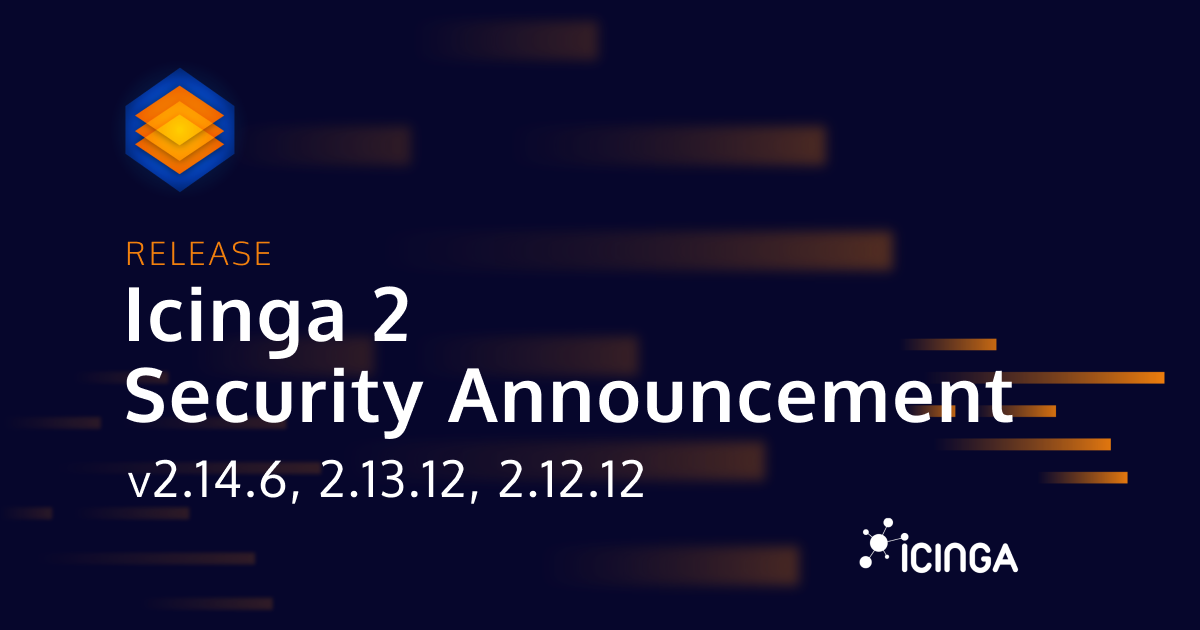
Critical Icinga 2 Security Releases: 2.14.6, 2.13.12, 2.12.12 (CVE-2025-48057)
Today, we are releasing security updates for Icinga 2 fixing a critical vulnerability that allowed an attacker to obtain valid certificates from the Icinga CA under certain circumstances. Please note that if Icinga 2 is built with OpenSSL 1.1.0 (released in 2016) or...
We are announcing Icinga-X!
Some would say, it's "just" a release. We say it's revolutionary. Never seen before. One of a kind. Exceptional. Why, you wonder? Because we have reinvented monitoring. Please release - it's about time The time has finally come to share the news with you!...
How to use path wildcards in Graphite Module
The Graphite module of Icingaweb2 is a great tool for rendering graphs from performance data. The latest version 1.2.0 introduces some bug fixes and new features like dark and light mode support, a lot of new templates, support for path wildcard, etc. The support for...
Parameterizing GitLab CI/CD?
While doing packaging for Icinga, I noticed we have a lot of YAML files describing GitLab pipelines doing very similar jobs. The same build job across different operating systems. That’s wasteful behaviour, which leads to a bigger workload when it comes to modifying...
Releasing Icinga Web v2.10
Today we’re announcing the general availability of Icinga Web v2.10.0. You can find all issues related to this release on our Roadmap. Please make sure to also check the respective upgrading section in the documentation. The Appearance of Dark and Light We have...
Icinga Reviews – Thanks for your great ratings!
We´d like to thank our loyal users and customers for the numerous top reviews of Icinga on Garnter Peer Insights! We´re very happy that you share your experience and satisfaction with other people on this review platform and support us with it. What is Gartner...
The Linuxfabrik Monitoring Plugins Collection
This is a guest blogpost from Linuxfabrik At Linuxfabrik we have been developing a collection of currently 130+ plugins for Icinga, Nagios and other compatible monitoring systems for more than two years now. Each of these plugins is a specialized command line tool...
Icinga 2 IRC notifications. The complete guide
A few months ago I wrote about sending notifications to Rocket.Chat. While that messaging tool is quite powerful, one may also prefer to keep it simple. So let's also address the good old IRC. No test system? No problem! Setting up an IRC daemon is pretty easy:...
Adapting Icinga Web modules To Icinga DB
Icinga DB web has a better layout and is more user friendly. This makes monitoring more simple. Hence it would be nice if we could adapt all the Icinga modules to Icinga DB. In this blogpost, I will discuss how to adapt Icinga Web modules to Icinga DB. To do this,...
Automatically Testing Icinga DB
In today's blog post, I want to present something related to Icinga DB that you most likely will not come in touch with as a regular user: some of the test cases we built for Icinga DB and the tooling created to support them. The Challenge Even though Icinga DB is a...

Subscribe to our Newsletter
A monthly digest of the latest Icinga news, releases, articles and community topics.



